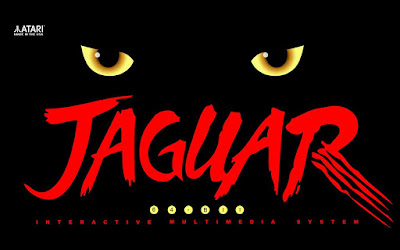However, incidents like these remind me of a concept I've continually had in my head for a number of years, one that would technically reduce the likelihood of subpar translations being used for titles (especially anime) that would otherwise almost never get traditionally licensed. Unfortunately, every time I think about this concept I come to same conclusion... IT'D NEVER WORK OUT. So allow me some time to ruminate my thoughts & feelings regarding this concept.
While the absolute ins & outs of anime licensing will forever remain a trade secret (& for good reason), there have been articles in the past decade that have helped explain the general idea of how it works. Things like how long a license generally lasts (5-7 years has been the usual standard ever since the mid-00s or so), what a "minimum guarantee/MG" is, certain terms of agreements when it comes to stuff like regions & restrictions, & even a rough idea of who to talk to to get things going are now general knowledge, or at least can be found out relatively easily. However, this also means that, for the most part, anime licensing follows a relatively rigid format, one that doesn't really allow for much experimentation to be done. Aside from finer details involving the differences between streaming & home video, licensing an anime usually comes down to the same path, which would be "Get the license for a set amount of time, upon which the licensee has to produce a release with hopes that it will do well enough to not just recoup the total costs of the MG & production of said release, but also continue selling so as to make a profit for the licensee, upon which the original licensor starts getting regular royalty payments for said license". This has been the standard for decades, and doesn't look to change in any way, for good reason.
So what exactly is the point of my concept?























